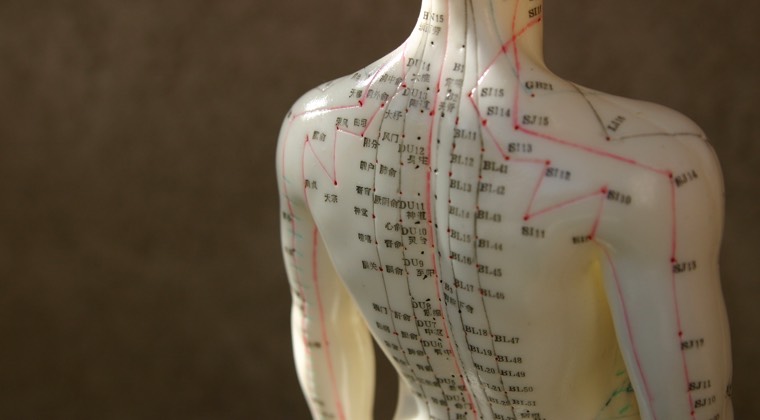There are exercises and therapy techniques that you can try to help manage your lupus symptoms related to brain fog and trouble speaking clearly.
Cognitive skills are how your brain thinks, communicates, remembers, and solves problems. People with lupus have reported the following symptoms related to cognitive dysfunction:
-
Short-term memory loss
-
Confusion
-
Forgetfulness
-
Disorganization
-
Difficulty concentrating
-
Difficulty putting thoughts into words.
Cognitive stimulation therapy is one way to manage these symptoms. For example, it can improve thinking and memory problems among people with mild fogginess to more severe dementia or cognitive problems after a stroke. Cognitive stimulation involves participating in activities to improve cognitive and social functioning. If you are experiencing lupus symptoms related to speech, you may also find the fluency and word finding exercises below helpful. These activities are designed to be relaxing and fun and create opportunities for you to learn and grow.







Getting Started
Back to topActivities of cognitive stimulation, like the ones listed below, can be performed on your own and at home.
Cognitive Stimulation Activities by Skill Level
Easy
- Listening to music or singing
- Reciting the alphabet
- Sorting items by color and shape
- Thinking about words that rhyme
Medium
- Reading a book or newspaper
- Solving puzzles like sudoku
- Remembering words, places, or names
- Doing the laundry
- Playing video games
Hard
- Cooking a meal with a recipe
- Making a shopping list
- Playing a musical instrument
- Discussing current news stories
Word Finding Exercise
Back to topIf you are having difficulty remembering words, try the following:
- Describe the word.
- What category does it belong to?
- What does it look like?
- What are the parts of it?
- What is it used for/who uses it?
- Where do you find it?
- Visualize the word.
- Picture the object in your mind.
- Try to describe the picture you see as much as possible.
- Use a similar or related word.
- Find a synonym.
- Example: Use the word “comb” if you can’t find the word “brush”.
- Use a gesture of what the object looks like or what the object does.
- Use your face, arms, hands.
- Example: Pretend to brush your teeth to trigger the word toothbrush
- Use an associated word.
- Find other words go with the object.
- Example: Say “Pillows, blanket, sleep” when you have trouble finding the word “bed”.
- Put the word in a sentence.
- Give the word context.
- Example: If the word is “door”, you could say, “I shut the front door”.
- Take a break from trying to find the word and RELAX! The more you stress about the word, the more frustrated you will become which then make you less likely to find the word.
Exercises to Improve Your Speech Fluency
Back to top- Breathing Technique: Inhale through your mouth in a relaxed manner with attention to relaxation of the throat and a smooth downward movement of your diaphragm. Start your voice and airflow at the same time.
- Gentle/Easy Onset: Take a full breath and release it in a relaxed manner just as you are starting to speak. Focus on decreasing any tightness within your vocal cords, articulators, breathing muscles and neck area.
- Stretching: Stretch out the beginning sound of a word to ease into the word without getting stuck.
- Light contact: Instead of pressing your articulators (meaning lips, tongue, teeth, and palate) tightly against each other during speech, focus on light and soft touch.
- Cancellation: After having stuttered a word or phrase, wait a few seconds before producing the word or phrase again in an easier manner that is slower and more controlled.
- Preparatory Set: Use a slower rate and light articulatory contacts when saying an upcoming word that will be stuttered.
- Pausing and Phrasing: Break up sentences or utterances into smaller units. This will help manage your breathing and allow you to apply the speech fluency strategies while talking.
Strategies to Help You Remember
Back to top- Rehearsal: Repeat to yourself out loud what you want to remember several times.
- Association: Link what you are trying to remember with something that is well known. For example, if you are trying to learn a few names, associate the person’s name with a good friend or relative with the same name.
- Visual Imagery: Make a mental picture of what you want to remember. The stranger the picture, the more likely it is that you will remember it.
- Categorization: If you want to remember several items, group them into categories. For example, if you need to get groceries, remember the items by grouping them into categories like meats, dairy, snacks, etc.
- Rhymes: It is easy to remember items when you put them in a rhyme or song.
- Mnemonics: The first letter of each item can be used to make another word and then the words can be linked into sentences. For example, to remember Peaches, Apples, Nectarines, and Strawberries, you can use the acronym PANS. Similarly, for items Charcoal, Matches Meat, and Lighter fluid it might be easier to remember the phrase “Charley Makes Me Laugh”.
- Written Reminders: Write notes of to-do lists, reminders to take medications, reminders for turning off the stove, or checklists of items to be completed for easier recalling of information.
Tips for Success
Back to top- Pick activities that are challenging but doable so that you can stay motivated.
- Increase your level of difficulty as you make improvements.
- Focus on activities that are specific to your symptoms. For example, if you are struggling to concentrate, activities related to attention may be more productive.
- Work on several tasks each day and shift tasks after a few days to provide variety.
- Make cognitive stimulation part of your normal routine, like reading the newspaper when you drink your morning coffee or joining a book club that meets regularly.
- Find activities that you enjoy because it can take a long time to see an improvement.
Group-Based Cognitive Stimulation Therapy
Back to topWhile activities of cognitive stimulation can be performed individually, cognitive stimulation therapy in a group setting can be helpful too. Therapy sessions may be led by a trained nurse, occupational therapist, or a caregiver. Ask your healthcare provider for more information about cognitive stimulation therapy to see if they can connect you with a class.
A typical cognitive stimulation therapy session might include:
- Singing a song by memory as a group at the start of a session
- An opening exercise such as recalling specifics about the day such as the day of the week or date
- A facilitator initiating a conversation, perhaps about family, vacation, or events in the news
- Group members connecting ideas and recalling memories related to a topic of focus
- Group reading and discussing a current topic
Further Reading and Other Resources
Back to topAdditional Exercises
For more structured cognitive exercises that you can do at home, check out the In-home Cognitive Stimulation Guidebook developed by researchers from the University of Alabama Traumatic Brain Injury Model System (UAB-TBIMS).
Read More about Cognitive Stimulation Therapy
- Cognitive Stimulation Therapy | Psychology Today. (n.d.). Retrieved May 15, 2021, from https://www.psychologytoday.com/us/therapy-types/cognitive-stimulation-therapy
- CST-Intervention-Summary.pdf. (n.d.). Retrieved May 15, 2021, from https://toolkit.modem-dementia.org.uk/wp-content/uploads/2016/04/CST-Intervention-Summary.pdf
Peer-Reviewed Scientific Publications on the Benefits of Cognitive Stimulation Therapy
- Toh, H. M., Ghazali, S. E., & Subramaniam, P. (2016). The Acceptability and Usefulness of Cognitive Stimulation Therapy for Older Adults with Dementia: A Narrative Review. International Journal of Alzheimer's Disease, 2016, e5131570. https://doi.org/10.1155/2016/5131570




